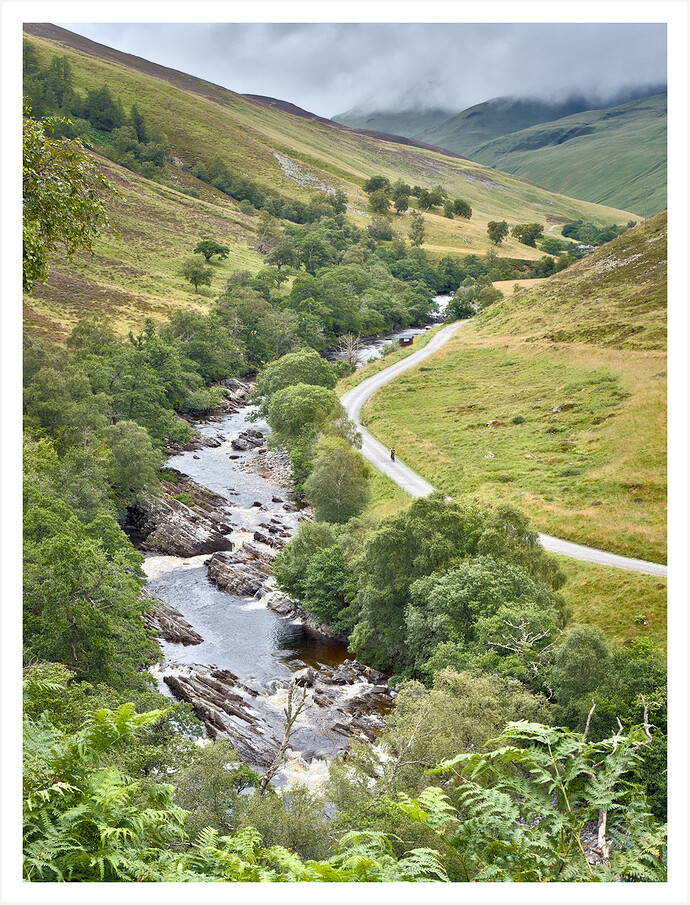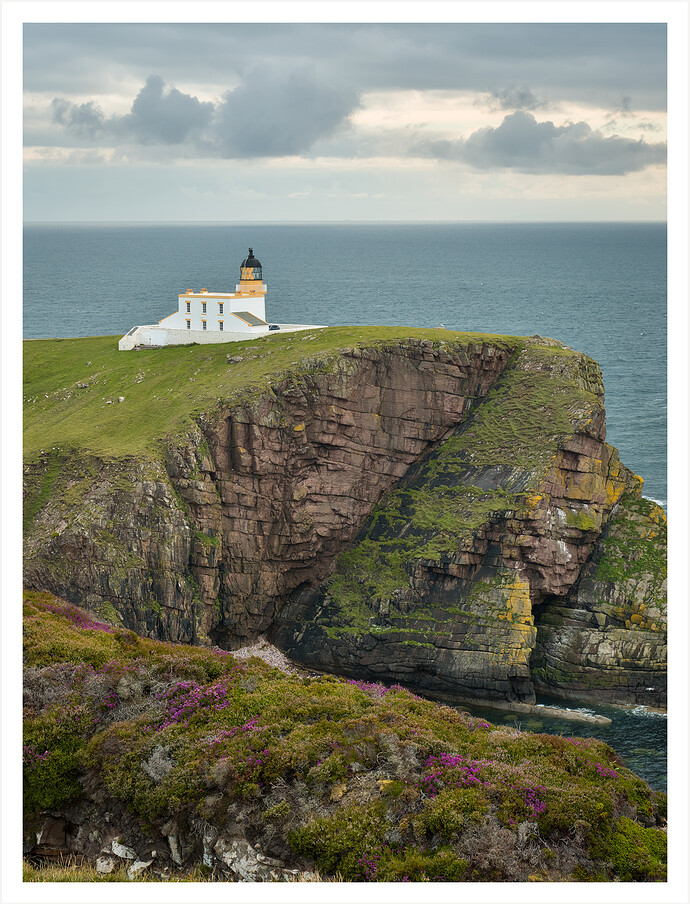Before I open a “send me your images to process” thing out to the ravening hordes of Youtube, I thought I’d just test the process on the marginally less-ravening hordes here. If you’d like to submit a photo, please use the Google Form here:
Thanks for the submission Tony, video is live!
After watching the video, I went back to my earlier edit and cut back on the vibrance as well as the saturation in the highlights. Improvement, I think. Thanks
Check the range of where you set it…you need to go by the wavelet bars…in one of the earlier videos it was set outside the area where you would get any effect for fine details…
Thanks Todd. Good to know. I was unaware of this feature of the module as I’ve generally avoided using it in the past. Just read the documentation. Will get a better idea when I next use it.
The module has not changed much over the years and was called the equalizer at one point… There are not many videos on it but I think from the point of demonstration this video by Robert Hutton is gold… also shows how the edges feature works that I don’t think others have bothered with … https://youtu.be/zzVXK4eAM5E?si=Hv0Vqvdxzc3qqZF5
Ha. As in the show/movie?
The one where Edward Woodward used to drive up, get out of his car and stand behind the door menacingly. “Give it up Vince!”
This is a v clear explanation, incl the meaning of the bars. Thanks
Really nice channel with clear explanations of your goals, and the photos are excellent as well. That said, it is a bit complicated how you add contrast in multiple ways: Sigmoid for global contrast, and locally with Color Balance RGB (using the contrast slider, brilliance, and some degree of saturation), Contrast Equalizer (as texture and clarity, which are more or less also contrast adjustments), and Diffuse and Sharpening (as fast contrast and also as sharpening).
Well, yes, they all add contrast in different ways. It’s much the same in, say, Lightroom - you use the contrast slider, the blacks and whites slider, the highlights and shadows slider, the clarity, texture, and dehaze sliders, the sharpening slider. All just affecting contrast and different levels.
It’s useful to separate tonal contrast from spatial contrast.
Tonal contrast increases contrast like a tone curve does. Sigmoid, Filmic, tone curve, brilliance, these are tonal. Each pixel is treated independently. They differ subtly in the norm they use for calculating a monochrome tone from colorful pixels, but they’re pretty close to one another.
Spacial contrast changes exposure for areas based on the average tone of the area. But pixels within an area are treated uniformly. Thus tonal relationships within objects are preserved, but e.g. skies are darkened. Contrast Equalizer, local contrast, diffuse and sharpen, are examples of this kind of adjustment. They differ in their area calculation, and can effect quite diverse effects.
I wouldn’t lump these two categories in with each other. They behave differently.

